“Reality is merely an illusion, albeit a very persistent one.”
Albert Einstein didn’t know he was way ahead of his time. Technology is constantly changing the world around us as well as our perception of it.
In this article, we'll uncover how augmented reality and virtual reality are doing just that.
Augmented reality vs. virtual reality
Augmented reality and virtual reality tech merge our physical world with a digital one. While these two concepts have a lot in common, it’s also important to understand how they differ.
Augmented reality (AR) layers digital objects on top of your live view of the immediate physical surroundings via the camera on a smartphone or tablet. Virtual reality (VR) is a completely immersive experience that transforms your physical surroundings into a digital world via a head-mounted display.
So, which is better? That’s like comparing peanut butter to Nutella… they are both delicious but serve entirely different purposes. It all depends on the type of experience you want.
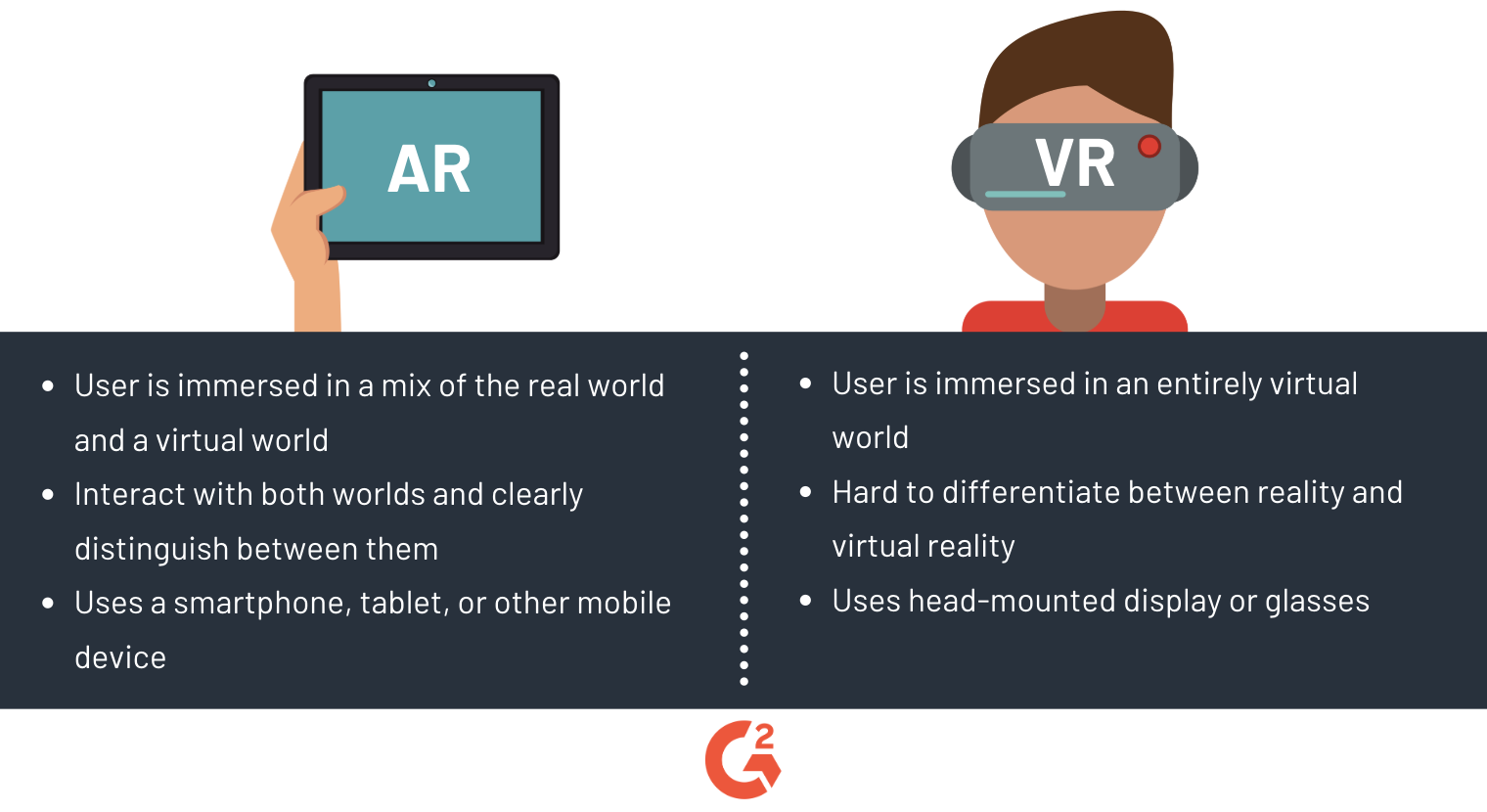
AR gives the user more flexibility and is better for businesses that are interested in applying it to their vertical. There are tons of examples and use cases for augmented reality – it’s mainly more widespread because it doesn’t require special headgear or gadgets, just a mobile device.
VR is mainly used as entertainment today, but there will likely be a shift toward this tech as prices drop and the hardware becomes more accessible.
Let’s dive a little deeper into these two topics and introduce you to a third – mixed reality.
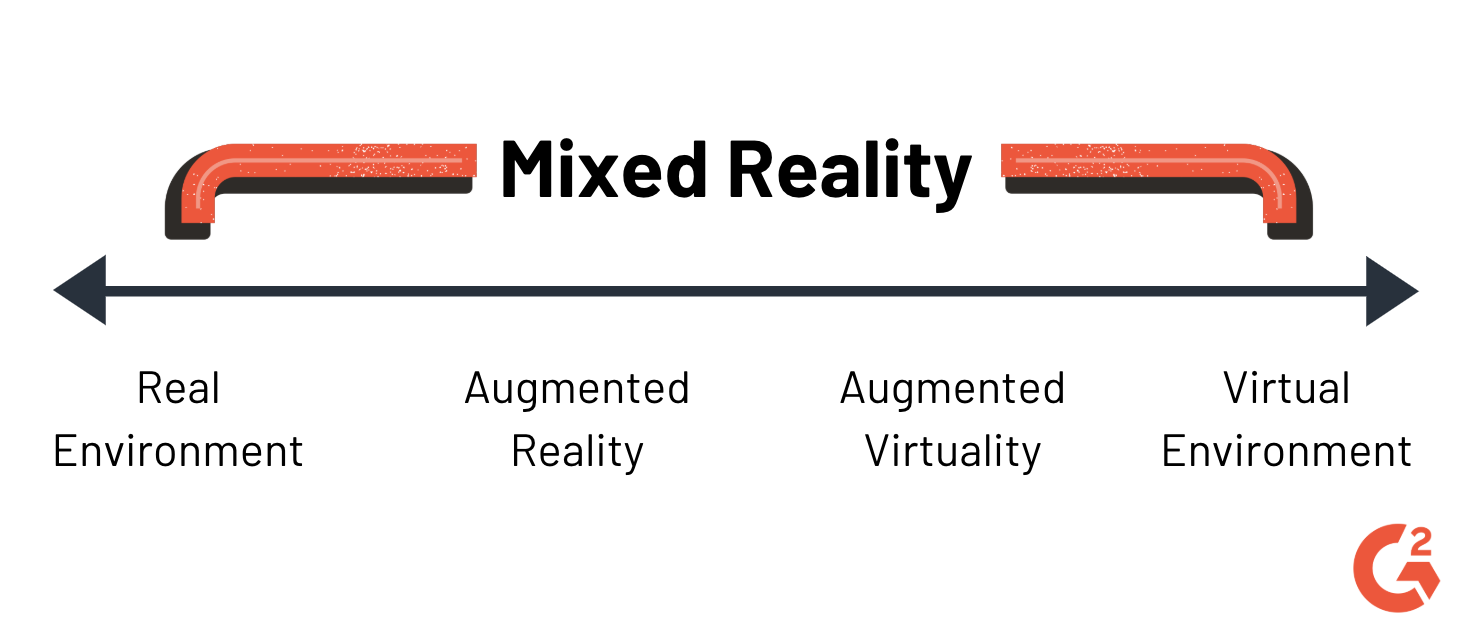
Möchten Sie mehr über AR/VR-Software erfahren? Erkunden Sie AR/VR Produkte.
Virtual reality
Virtual reality is a computer-generated simulation of a real-life environment. The user is fully immersed in the virtual environment and interacts with it through sight and sound. The history of VR shows that it’s always made us question our understanding of our world by creating a totally new one.
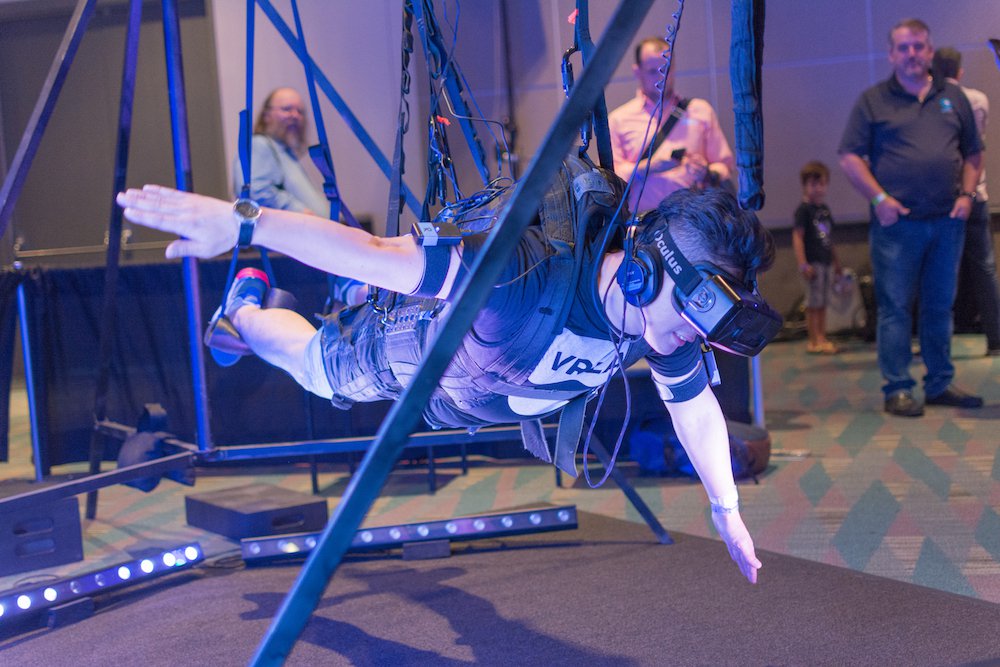
Here’s an example of a fully immersive virtual reality experience. Notice how there are no connections to the outside world so that the user can block it out completely.
Augmented reality
Augmented reality is an augmented view of the real world with computer-generated objects added on top. The user sees this augmentation through a mobile device. We didn’t always have smartphones, so technology has made a big shift since the development of them. The history of AR is filled with creative applications, from training pilots and med students to gaming and entertainment. The simple purpose of AR is to enhance our surroundings.
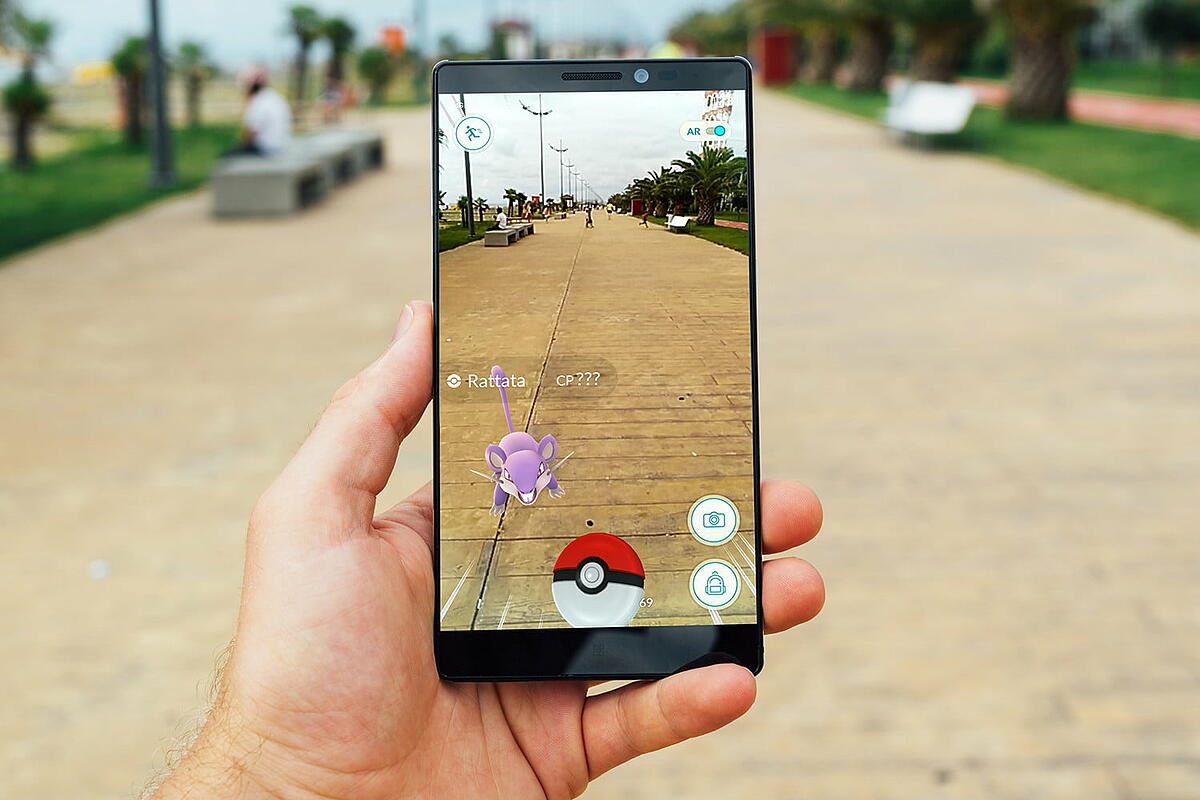
Take Pokemon Go, for example, AR allows players to interact with their surroundings in a totally new way, merging the digital objects with the physical world.
Mixed reality
Mixed reality includes both augmented reality and augmented virtuality, aka the full spectrum of technology merging digital and physical realities. The main draw here is the interactivity between the real world and computer-generated objects.
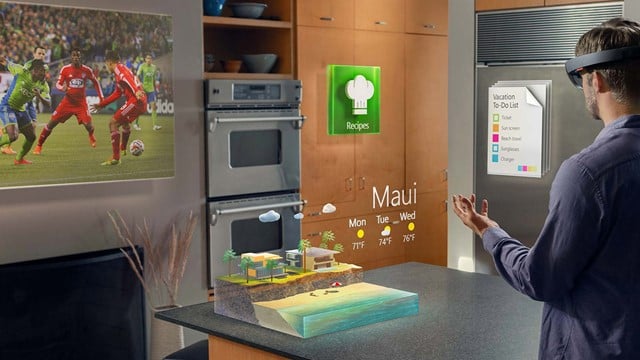
Mixed reality goes above and beyond to not just layer on top of our world, but it allows users to interact with the digital content itself. MR typically requires a headset, just like VR in order to view and interact with the content.
How do they all work together?
Now that you know the differences, it’s time to understand how these technologies can work together. These fields are advancing at different paces, but they can all piggyback off of each other in terms of pushing the boundaries.
For example, haptic feedback, the vibration of the Wii remote when you get hit with a red shell in Mario Kart, is technically considered an augmentation. However, it’s being implemented in virtual reality experiences to make the interaction more real than ever before. We can expect these concepts to continue to develop both independently and cross-functionally in the future.
Embrace your reality
These types of experiences are going to become increasingly popular in our everyday lives. Getting a better understanding of how they work and which technology to use for a certain application is key if you want to keep up with the latest tech.
Technology plays a crucial role in enabling diverse content delivery. Harness the potential of content marketing to effectively connect with your audience at the right place and time.

Bridget Poetker
Bridget Poetker is a former content team lead at G2. Born and raised in Chicagoland, she graduated from U of I. In her free time, you'll find Bridget in the bleachers at Wrigley Field or posted up at the nearest rooftop patio. (she/her/hers)

.png)